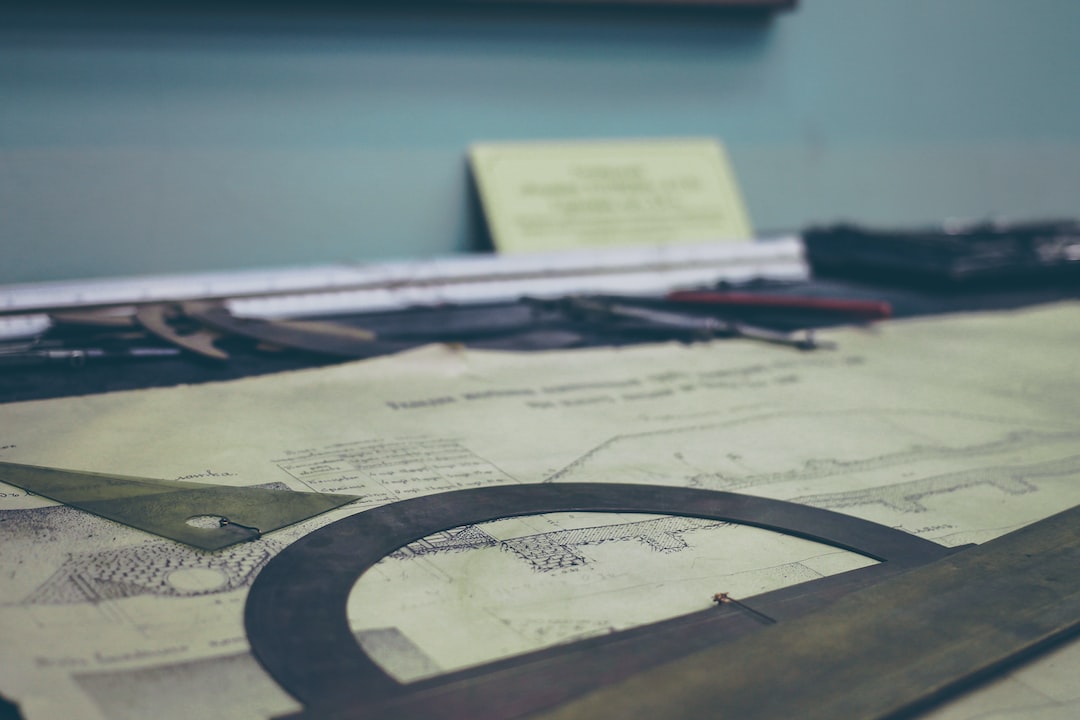The Rise of Internet of Things (IoT) and its Applications in Various Sectors
If you’ve ever wanted to control your home’s thermostat from your office or receive an alert when your refrigerator is running low on groceries, you can thank the Internet of Things (IoT) for these conveniences. The IoT has revolutionized the way we live and work by seamlessly connecting physical devices to the internet, allowing them to communicate and exchange data. Over the past decade, the IoT has experienced incredible growth and has become an integral part of our daily lives.
One of the vital drivers of the IoT’s rise is the increasing affordability and miniaturization of sensors, which enable us to embed them into everyday objects. These devices are capable of collecting and transmitting vast amounts of data, giving us insights into our surroundings like never before. From simple wearable fitness trackers to complex industrial machinery, the IoT has found applications in a wide range of sectors, transforming industries and promising immense benefits in the process.
In the healthcare sector, the IoT has made significant advancements. Wearable devices such as smartwatches and fitness trackers can monitor our heart rate, sleep patterns, and physical activity, providing real-time health data that can help people manage their well-being proactively. IoT-powered devices are also used in medical facilities to enhance patient care. For instance, smart beds equipped with sensors can detect changes in a patient’s posture and automatically adjust to provide optimal comfort, reducing the risk of bedsores and improving recovery times.
The IoT has also ushered in a new era for logistics and supply chain management. Companies can now track the movement of goods, monitor temperature and humidity levels during transportation, and even predict maintenance requirements of delivery vehicles. This level of connectivity not only reduces inefficiencies but also minimizes losses due to spoilage or theft. It empowers companies with valuable insights into their supply chain operations, enabling them to optimize routes, reduce costs, and streamline their operations.
Another sector where the IoT has made significant strides is agriculture. Smart farming technology utilizes IoT devices to monitor soil moisture levels, weather conditions, and crop health. This data can then be used to automate irrigation systems, optimize planting schedules, and apply fertilizers with precision. By harnessing the power of the IoT, farmers can increase crop yields, reduce water consumption, and ensure sustainable agricultural practices.
The IoT has also found applications in urban planning and transportation. Smart cities are using IoT devices to monitor traffic patterns, control street lighting, and manage waste disposal more efficiently. Connected car technology is revolutionizing transportation by enabling vehicles to talk to each other and exchange information about road conditions and hazards. This allows for better traffic management, reduced congestion, and enhanced safety on the roads.
Furthermore, the IoT has profoundly impacted the manufacturing industry with the advent of Industry 4.0. By connecting machines, tools, and workers on a single network, manufacturers can gain real-time insights into their production processes, monitor equipment health, and optimize productivity. With predictive maintenance capabilities, companies can minimize machine downtime and increase overall efficiency. Additionally, the IoT enables the concept of “smart factories,” where production lines are fully automated, saving costs and reducing errors.
However, despite its many advantages, the IoT also raises significant concerns regarding privacy and security. With numerous devices connected to the internet, the potential for data breaches and cyberattacks increases exponentially. To mitigate this risk, it is crucial for organizations and individuals to prioritize cybersecurity measures, such as encryption and authentication protocols, to protect sensitive data.
In conclusion, the IoT has become an integral part of our modern world, transforming various sectors and improving our lives in numerous ways. From healthcare to logistics, agriculture to manufacturing, the IoT’s applications are wide-ranging and continue to evolve. As we become more connected, it is essential to prioritize security and privacy to ensure that the benefits of the IoT can be fully realized while minimizing potential risks. The rise of the Internet of Things has only just begun, and its future promises endless possibilities for innovation and advancement in every industry.

